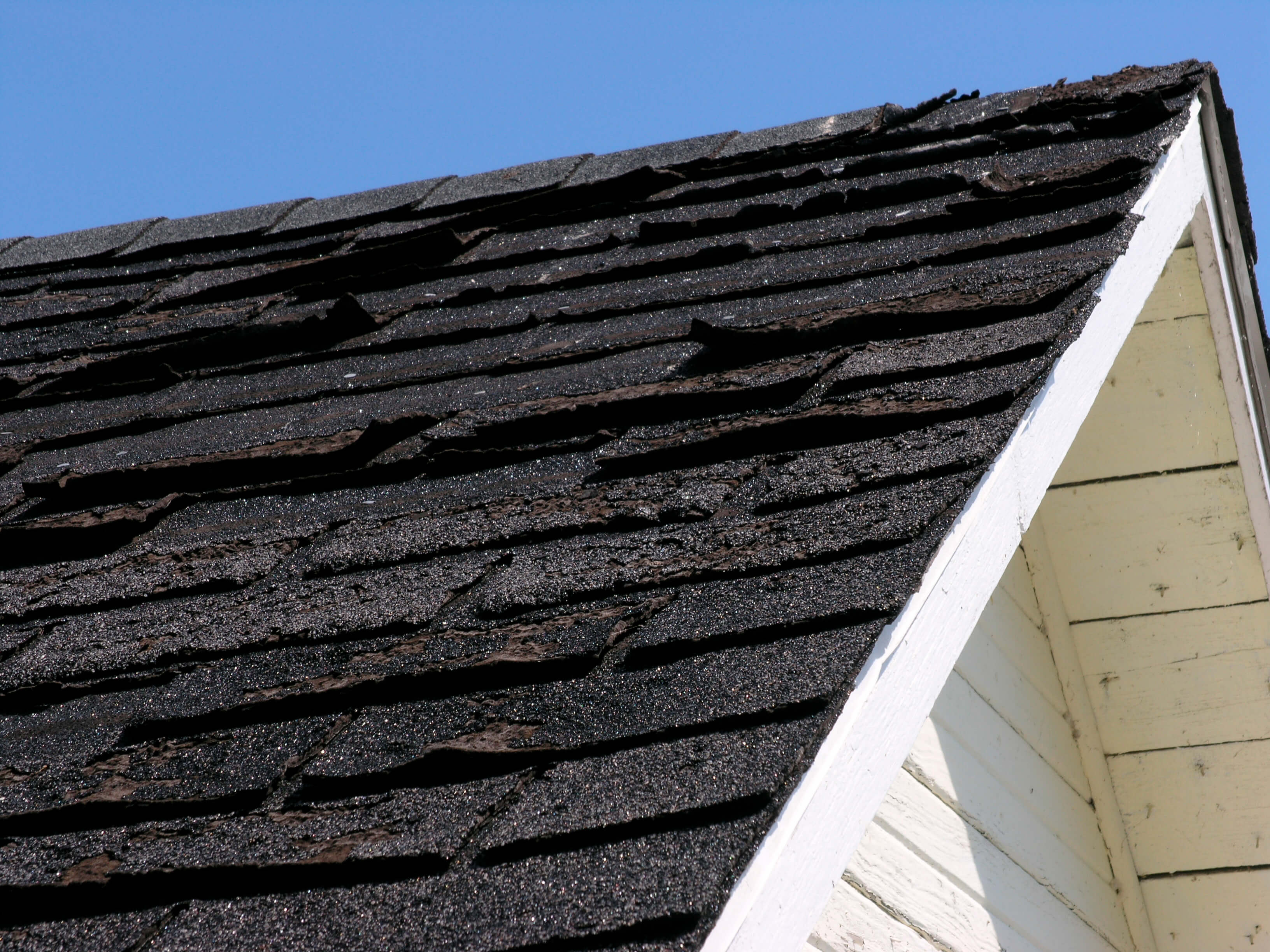Signs Your Roof is Suffering from Heat Damage
Cracked Shingles
When the heat has damaged a roof, homeowners may often notice cracked shingles. Asphalt shingles should be flexible when they’re new, allowing them to flex and adjust as they’re placed on the roof.
However, when a roof is exposed to high temperatures, the shingles can dry out and lose their flexibility. They then become brittle and can crack.
When this happens, your roof is more vulnerable to leaks, so you may need a roof replacement to protect your home.
Discoloration
Discoloration can be another sign of heat damage to roof tiles. Sometimes, metal components of your roof can start to rust, as a result of too much exposure to heat and water.
Rust weakens the metal over time, which decreases its strength.
Some roofing tiles can also be bleached from extreme sun exposure, which isn’t good for the look of your home.

Shrinking and Blistering
In hot weather, you may notice that your roof tiles are shrinking and blistering. The heat can dry them out over time, which causes them to buckle and become misshapen.
If they blister, this can also cause nails and screws to pop out, causing shingles to fall out.
Once this has happened, your shingles aren’t effective anymore and will need to be replaced.
Melted Roofing
After many days of extreme heat, it’s possible to notice components of your roof starting to melt. If your roof is made of asphalt, know that this material is susceptible to high temperatures.
Like chocolate, it can soften or melt when left in direct heat for too long. It’s a good idea to inspect your roof on a regular basis, in case you notice any signs of melting.
Mold Damage
Hot summertime weather brings rain and humidity. Unfortunately, humidity near your roof can sometimes lead to mold and mildew.
Mold and mildew love damp, dark spaces, so you may notice it under awnings or in corners or crevices of your roof. It’s also commonly seen under decks, in basements, or under sinks.
Mildew is unsightly, but it can also stain and weaken your roof over time. Plus, the mold can quickly spread to the walls and foundation of your home.
You also don’t want to risk mold on your house, as it can have negative impacts on your health, such as asthma-like symptoms and rashes.
You can try to remove mold yourself, but the safest option is always to hire a professional company to get the job done.
Rotting Shingles from Humidity
Hot weather also tends to bring rain, thunderstorms, and humidity. Your home’s gutter systems are in place to quickly remove water and direct it away from the home, but if your gutters are blocked or not working properly, then you may end up with standing water on parts of your roof.
Prolonged water exposure can cause roofing materials to wear out and start rotting, which isn’t good for your home.
Missing Shingles
Is your home missing shingles? This could also be caused by summer thunderstorms, when strong winds and storms loosen shingles, eventually causing them to fall off.
Once shingles start coming off of your home, the house is at risk of serious water damage. If you’ve noticed missing shingles in the summer months or after a big storm, your best bet is to call a reliable roofing repair company.
They can assess the damage and then get your roof repaired quickly, before the next storm comes around.
Weakened Roof
Heat is definitely tough on a roof over time, since extreme temperatures are damaging to the shingles and structure of your roof.
Sometimes, the heat exposure to your roof can be reduced by planting trees or tall plants to offer shade. You can also consider installing roofing ventilation systems or reflective cooling strips.
Have you noticed any heat damage to your roof? If any of the above signs sound familiar, then contact us below for an estimate!
